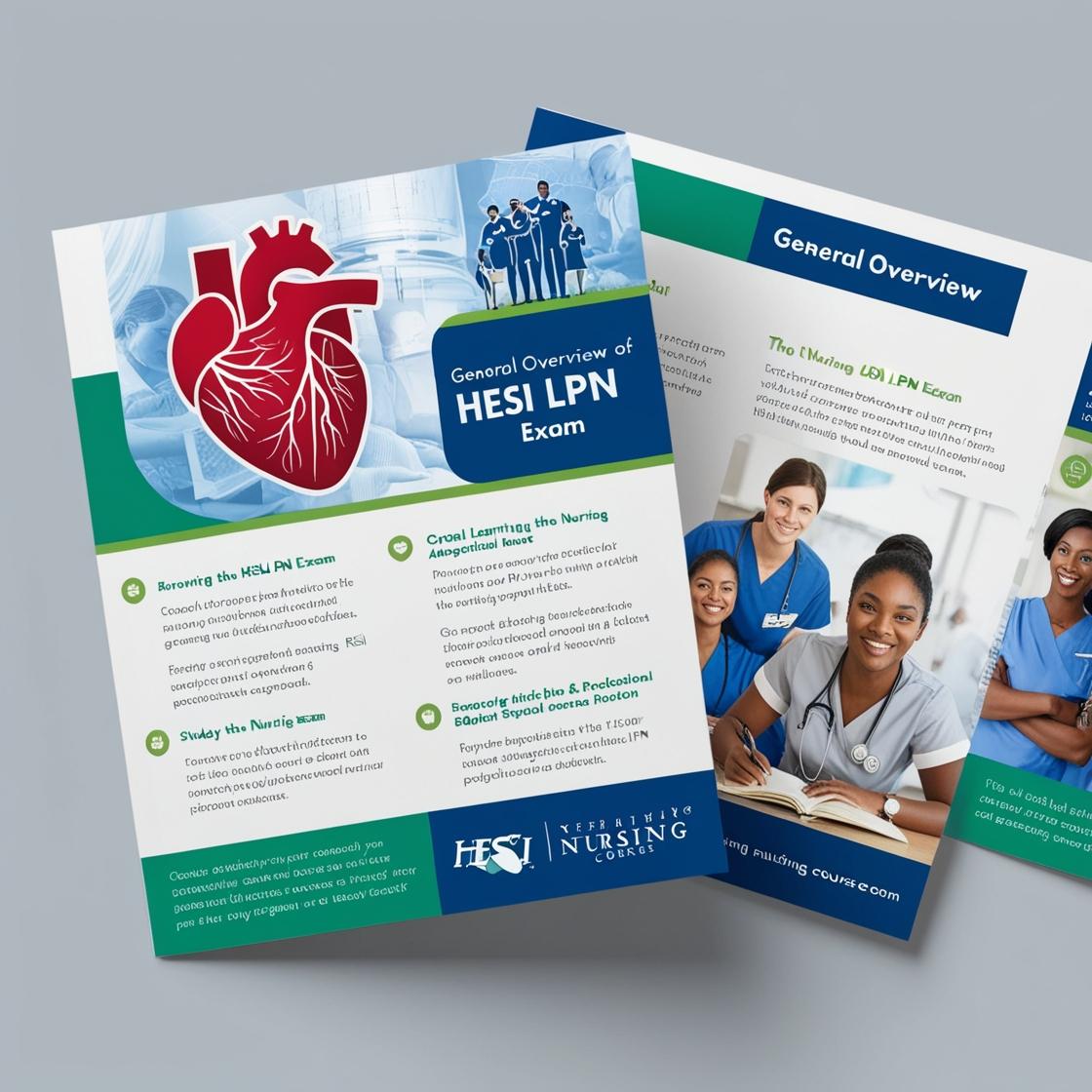HESI LPN
LPN Nutrition Practice Test
1. What is a common treatment for a child with iron-deficiency anemia?
- A. Iron supplements
- B. High-protein diet
- C. Vitamin B12 injections
- D. Sodium chloride solution
Correct answer: A
Rationale: Iron supplements are the correct choice for treating iron-deficiency anemia in children. Iron supplements help replenish the low iron levels in the body, addressing the underlying cause of the anemia. High-protein diets may be beneficial for overall health but are not the primary treatment for iron-deficiency anemia. Vitamin B12 injections are used to treat B12 deficiency anemia, a different type of anemia. Sodium chloride solution is not a treatment for anemia and is typically used for hydration purposes.
2. What is a common symptom of a respiratory infection in infants?
- A. Wheezing
- B. High appetite
- C. Increased thirst
- D. Lethargy
Correct answer: A
Rationale: Wheezing is a common symptom of respiratory infections in infants, often associated with coughing and difficulty breathing. It occurs due to the narrowing of the airways. Choice B, 'High appetite,' is incorrect as respiratory infections usually lead to a decrease in appetite rather than an increase. Choice C, 'Increased thirst,' is incorrect as it is not a typical symptom of a respiratory infection in infants. Choice D, 'Lethargy,' can be a symptom of respiratory infections but is not as specific and common as wheezing.
3. What is an important aspect of managing a child with ADHD?
- A. Increasing academic workload
- B. Consistent behavior management strategies
- C. Restricting all physical activity
- D. Encouraging solitary activities
Correct answer: B
Rationale: Consistent behavior management strategies are crucial when managing a child with ADHD. By implementing consistent strategies, such as clear rules, positive reinforcement, and structure, it helps the child improve focus, manage impulsivity, and regulate their behavior. Choice A, 'Increasing academic workload,' is incorrect as overwhelming a child with ADHD with more academic tasks can exacerbate their symptoms. Choice C, 'Restricting all physical activity,' is also incorrect as physical activity is beneficial for children with ADHD to release excess energy and improve focus. Choice D, 'Encouraging solitary activities,' is not ideal as social interaction and engagement with others are important for a child's development and well-being.
4. What is an essential aspect of managing a child with juvenile idiopathic arthritis (JIA)?
- A. Encouraging joint mobility and physical therapy
- B. Restricting all forms of exercise
- C. Increasing sugar intake
- D. Using only oral medications
Correct answer: A
Rationale: Encouraging joint mobility and physical therapy is crucial in managing juvenile idiopathic arthritis (JIA). This approach helps maintain joint function, reduce stiffness, and improve the overall quality of life for children with JIA. Restricting all forms of exercise (Choice B) is not recommended, as appropriate physical activity is beneficial for joint health and overall well-being. Increasing sugar intake (Choice C) is not a recommended practice for managing JIA, as a healthy diet is important for overall well-being and can help reduce inflammation. Using only oral medications (Choice D) may not be sufficient for managing JIA, as a comprehensive treatment plan often includes a combination of medications, physical therapy, and other interventions to effectively manage the condition.
5. What is a common sign of developmental dysplasia of the hip (DDH) in infants?
- A. Dislocated patella
- B. Limited abduction of the hip
- C. Swelling of the knee
- D. Hyperextension of the leg
Correct answer: B
Rationale: Limited abduction of the hip is a common sign of developmental dysplasia of the hip in infants. It indicates possible hip dislocation or instability, making it a key clinical manifestation to assess for DDH. Dislocated patella (Choice A) is not typically associated with DDH. Swelling of the knee (Choice C) and hyperextension of the leg (Choice D) are not specific signs linked to DDH in infants, further supporting why they are incorrect choices.
Similar Questions

Access More Features
HESI LPN Basic
$69.99/ 30 days
- 50,000 Questions with answers
- All HESI courses Coverage
- 30 days access @ $69.99
HESI LPN Premium
$149.99/ 90 days
- 50,000 Questions with answers
- All HESI courses Coverage
- 30 days access @ $149.99
